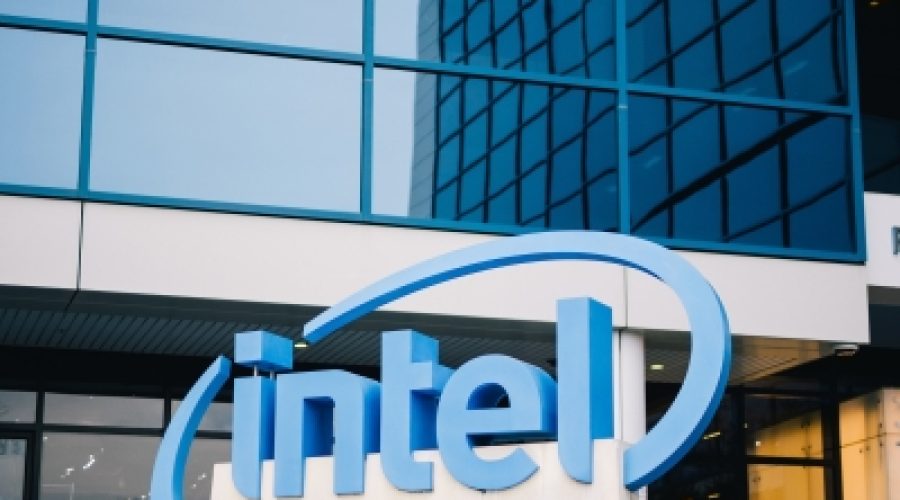السقوط الطويل والمؤلم لشركة إنتل: ما يعنيه ذلك للمستثمرين ورواد الأعمال في مجال التكنولوجيا في سوق اليوم
سان فرانسيسكو - تشهد شركة إنتل، التي كانت رمزًا للابتكار والهيمنة في وادي السيليكون، تحولًا جذريًا. وقد واجهت الشركة، التي لعبت دورًا محوريًا في صناعة التكنولوجيا وأحدثت ثورة في عالم الحواسيب الشخصية، تحديات كبيرة في السنوات الأخيرة.
كان صعود إنتل مدفوعًا بآندي غروف، ثالث موظف فيها ورئيسها التنفيذي من عام ١٩٨٧ إلى عام ١٩٩٨، الذي غرس ثقافة المنافسة الشرسة وشعار "لا ينجو إلا المتشائمون". تحت قيادته، أصبحت إنتل المورد الرائد لرقائق أجهزة الكمبيوتر عالميًا. ومع ذلك، منذ رحيل غروف، واجهت إنتل صعوبة في مواكبة التحولات التكنولوجية الكبرى، بما في ذلك ثورات الهواتف الذكية والذكاء الاصطناعي. وقد ضعفت ريادتها في تصنيع الرقائق.
حصلت شركة إنتل مؤخرًا على دعم كبير من الحكومة الأمريكية. أعلن الرئيس دونالد ترامب عن صفقة تستحوذ بموجبها الحكومة على حصة 10% في إنتل بقيمة تقارب $8.9 مليار دولار، مما يُمثل أحد أكبر استثمارات الحكومة الأمريكية في شركة منذ الأزمة المالية عام 2008.
يُبرز مسار إنتل نمطًا مألوفًا في عالم التكنولوجيا: فرغم النجاح المبكر الذي حققه مؤسسون ذوو رؤية ثاقبة، غالبًا ما تفقد الشركات زخمها عندما تفشل في توقع موجات الابتكار الجديدة أو التكيف معها. فالمواقع التي شغلتها إنتل سابقًا في وادي السيليكون تُشكل الآن أسسًا لشركات تقنية عملاقة أخرى مثل آبل وجوجل وميتا.
تأسست شركة إنتل عام ١٩٦٨ على يد رائدي أشباه الموصلات روبرت نويس وغوردون مور، وركزت في البداية على رقائق الذاكرة قبل اختراع المعالجات الدقيقة التي كانت المحرك لثورة الحواسيب الشخصية. أصبحت رقائق إنتل، ولا سيما المعالج الدقيق ٨٠٨٠، العمود الفقري للحواسيب الشخصية المبكرة، وعزز تعاونها مع آي بي إم ومايكروسوفت هيمنة الشركة خلال "عصر وينتل" حتى منتصف التسعينيات.
رغم هذا النجاح، ظهرت بعض الثغرات في العقد الأول من القرن الحادي والعشرين. لم تلحق إنتل بطفرة الهواتف الذكية بعد رفضها طلب آبل إنتاج رقاقات لأول هاتف آيفون، وهو قرار ندم عليه لاحقًا الرئيس التنفيذي آنذاك بول أوتيليني. كما واجهت الشركة صعوبات في الابتكار في وحدات معالجة الرسومات (GPUs)، التي أصبحت أساسية للألعاب، ثم لتطبيقات الذكاء الاصطناعي لاحقًا.
تأخرت عمليات التصنيع الخاصة بشركة إنتل عن منافسيها مثل شركة تايوان لتصنيع أشباه الموصلات (TSMC) وسامسونج بين عامي 2015 و2019. واستجابة لذلك، عينت إنتل بات جيلسينجر في عام 2021 لقيادة عملية التحول، مع خطط طموحة لاستعادة قيادة التصنيع وتأمين $7.86 مليار دولار من تمويل الحكومة الأمريكية بموجب قانون CHIPS لتعزيز إنتاج الرقائق المحلي.
مع ذلك، مع ازدياد الطلب على وحدات معالجة الرسومات (GPUs) مع تطورات الذكاء الاصطناعي - والتي أبرزها ChatGPT من OpenAI - انخفضت حصة إنتل السوقية وإيراداتها، بينما ازدهرت شركات منافسة مثل إنفيديا. تتفوق إنفيديا، الشركة العامة الأكثر قيمة في العالم، بقيمة تتجاوز 1.4 تريليون دولار أمريكي، على إنتل، التي تبلغ قيمتها 1.08 تريليون دولار أمريكي.
في خضم هذه التحولات، استبدلت إنتل جيلسنجر بالمسؤول التنفيذي لأشباه الموصلات ليب-بو تان، الذي بادر بخفض التكاليف ووضع استراتيجية لتجديد التركيز على الذكاء الاصطناعي. وسرعان ما أعقب ذلك جدلٌ واسعٌ عندما دعا الرئيس السابق ترامب تان إلى الاستقالة بسبب استثماراته في شركات أشباه الموصلات الصينية. وأدى ذلك إلى مفاوضاتٍ تُوِّجت باستحواذ الحكومة الأمريكية على حصةٍ أُعلن عنها يوم الجمعة الماضي.
صرح المتحدث باسم شركة إنتل، كوري بفورزهايمر، قائلاً: "سارع تان إلى تشكيل إنتل جديدة وتعزيز ريادة أمريكا في مجال التكنولوجيا والتصنيع. ونحن نرحب بالاستثمار المستمر من جانب الحكومة الأمريكية وتقديرها للدور المحوري الذي تلعبه إنتل في تحقيق هذه الأولويات الوطنية".
إن قصة إنتل هي تذكير مؤثر بأن حتى شركات الصناعة العملاقة يجب أن تتكيف باستمرار من أجل البقاء في المشهد التكنولوجي سريع الخطى.
ظهرت هذه المقالة أصلا في صحيفة نيويورك تايمز.
تحليل خاص من عمانت | تصفح سوق عُمان
تراجع إنتل في خضم ثورة الذكاء الاصطناعي وأشباه الموصلات يسلط الضوء على مخاطر الرضا عن الذات وفرص الابتكار الضائعة في ظلّ مشهد تقنيّ سريع التطوّر. بالنسبة للشركات في عُمان، يُبرز هذا أهمية احتضان المرونة والاستثمارات البحثية والتطويرية المستقبلية للحفاظ على القدرة التنافسية. ينبغي على المستثمرين الأذكياء دراسة قطاعي أشباه الموصلات والذكاء الاصطناعي بعناية، مع التركيز على اللاعبون الناشئون على استعداد للتغيير بدلاً من الاعتماد على عمالقة التقليد.



